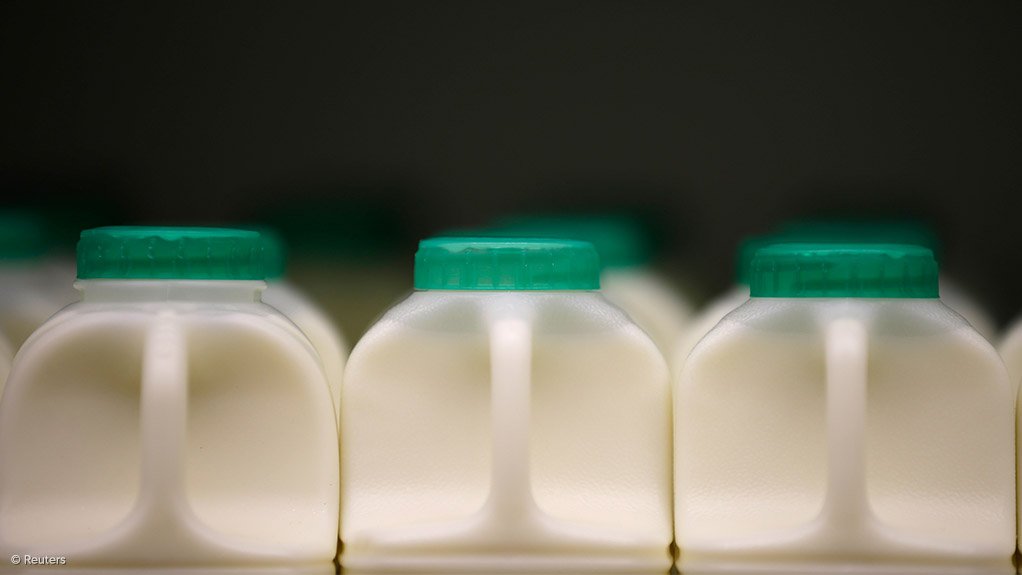An international study commissioned by food processing and packaging solutions company Tetra Pak has confirmed the enduring global popularity of milk, observing that its consumption in developing countries is driven chiefly by an understanding of its nutritional value, while, in mature markets, it is consumed largely for taste and refreshment.
The eighth Tetra Pak Dairy Index, released on Wednesday, reported that plain white full-fat milk remained the most popular global choice overall, with consumers in both developed and developing markets still retaining an “overwhelmingly” positive view of the consumer product, despite occasional “anti-milk” messages.
Of the respondents polled, 61% did not associate any disadvantages or concerns with milk, while 84% planned to continue to drink milk as normal and 61% expressed no doubts about the goodness of milk.
The top global reasons for drinking milk were that it was a good source of calcium (90%) and that it was nutritious (90%), healthy (90%) and tasty (89%).
“While the emphasis may vary slightly from country to country, these milk truths are held as strong beliefs around the world.
“Decades of research show that milk provides energy and nutrition that’s hard to replace. Every year, new scientific studies add to our understanding of the health benefits of this remarkably versatile food,” Tetra Pak CEO and president Dennis Jönsson said during a Wednesday teleconference.
Reinforcing his assertion, Jönsson cited a 2012 health study undertaken in Sudan that indicated an impaired growth rate of 11% was reduced to 5% after six months of drinking milk.
The study also showed improved academic performance, with an improvement in the mean IQ score from 92.4 to 111.5 in the milk-drinking group.
“The key to energising dairy in all geographies is to make people excited about drinking milk; creating new products and developing communication campaigns to show that it is convenient, pleasurable, a special treat even, and relevant to all,” he commented.
In South Africa, a consumer education project that had been running since 2008 to communicate the health benefits of milk and other dairy products had been well received, according to Tetra Pak South Africa MD John Strömblad.
“Milk South Africa… is a multichannel health and nutrition campaign to convey the general good of milk and other dairy products and employs the Department of Health’s food-based dietary guidelines,” he explained.
South Africa’s first dietary guidelines were drawn up in 2003 and did not include specific amounts for milk and other dairy products, which were instead covered under the animal protein umbrella.
However, consistent reports of low calcium and low potassium intakes in the population, along with high levels of hypertension and related conditions, led to a rethink by the Department of Health and, in 2012, new national guidelines were published.
The campaign targets health professionals and consumers in living standards measure groups 6 to 8 – the fastest growing groups in the country and attempts to convey the positive influence of milk on growth, muscle development, skeletal health and weight loss, as well as communicate its nutritional and fat content.
EMAIL THIS ARTICLE SAVE THIS ARTICLE
To subscribe email subscriptions@creamermedia.co.za or click here
To advertise email advertising@creamermedia.co.za or click here











